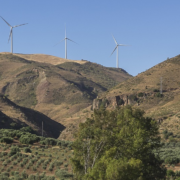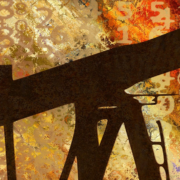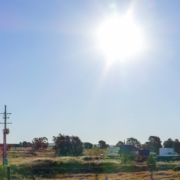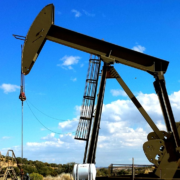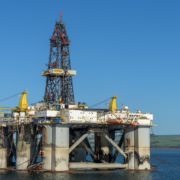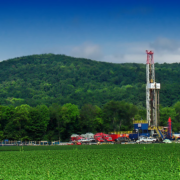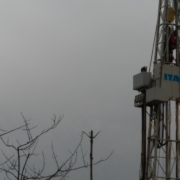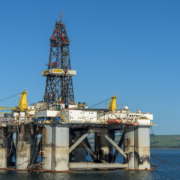It seems like a reset of an economy should work like a reset of your computer: Turn it off and turn it back on again; most problems should be fixed. However, it doesn’t really work that way. Let’s look at a few of the misunderstandings that lead people to believe that the world economy can move to a Green Energy future.
[1] The economy isn’t really like a computer that can be switched on and off; it is more comparable to a human body that is dead, once it is switched off.
A computer is something that is made by humans. There is a beginning and an end to the process of making it. The computer works because energy in the form of electrical current flows through it. We can turn the electricity off and back on again. Somehow, almost like magic, software issues are resolved, and the system works better after the reset than before.
Click here to read the full article.
Source: Oil Price

